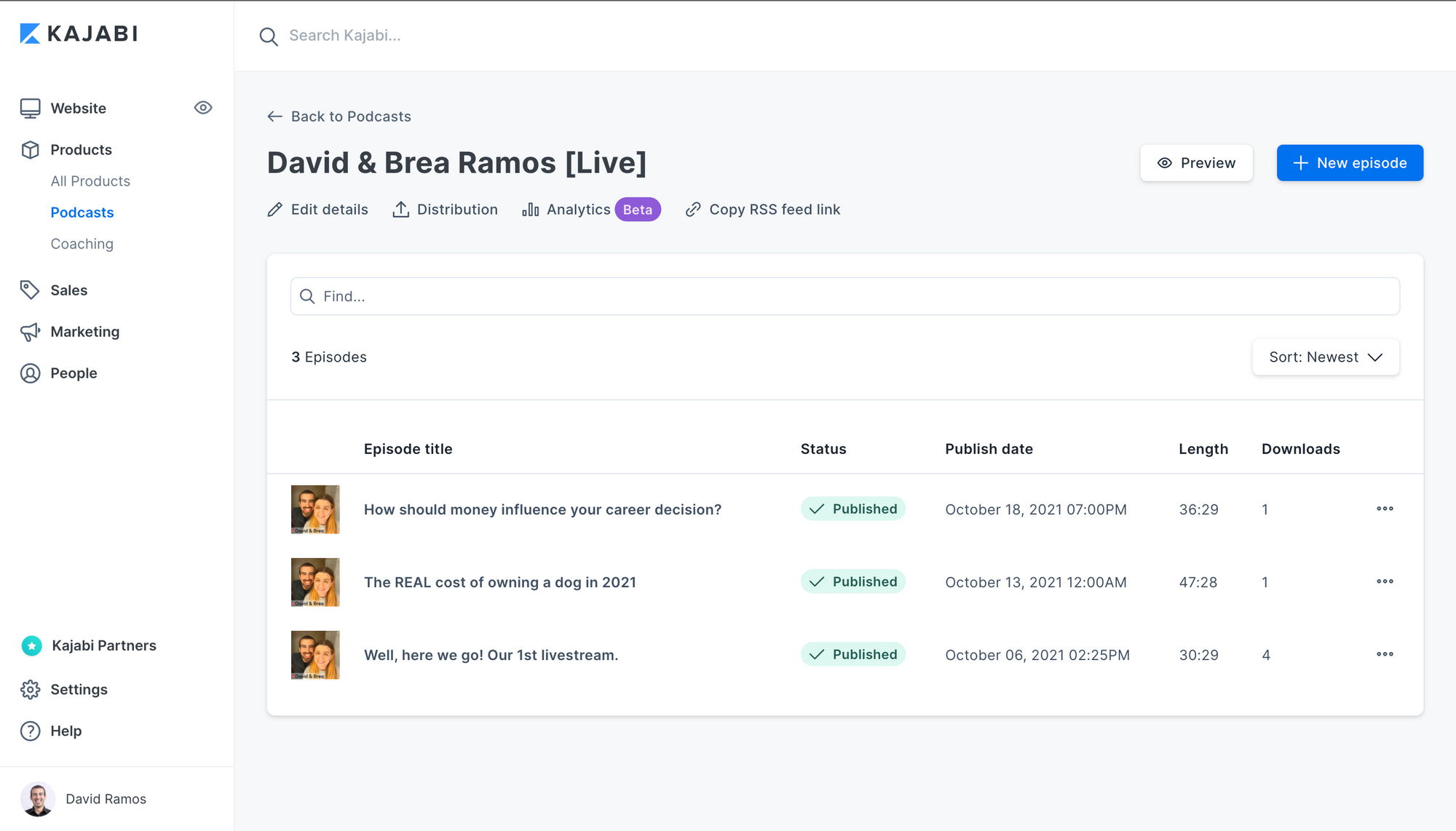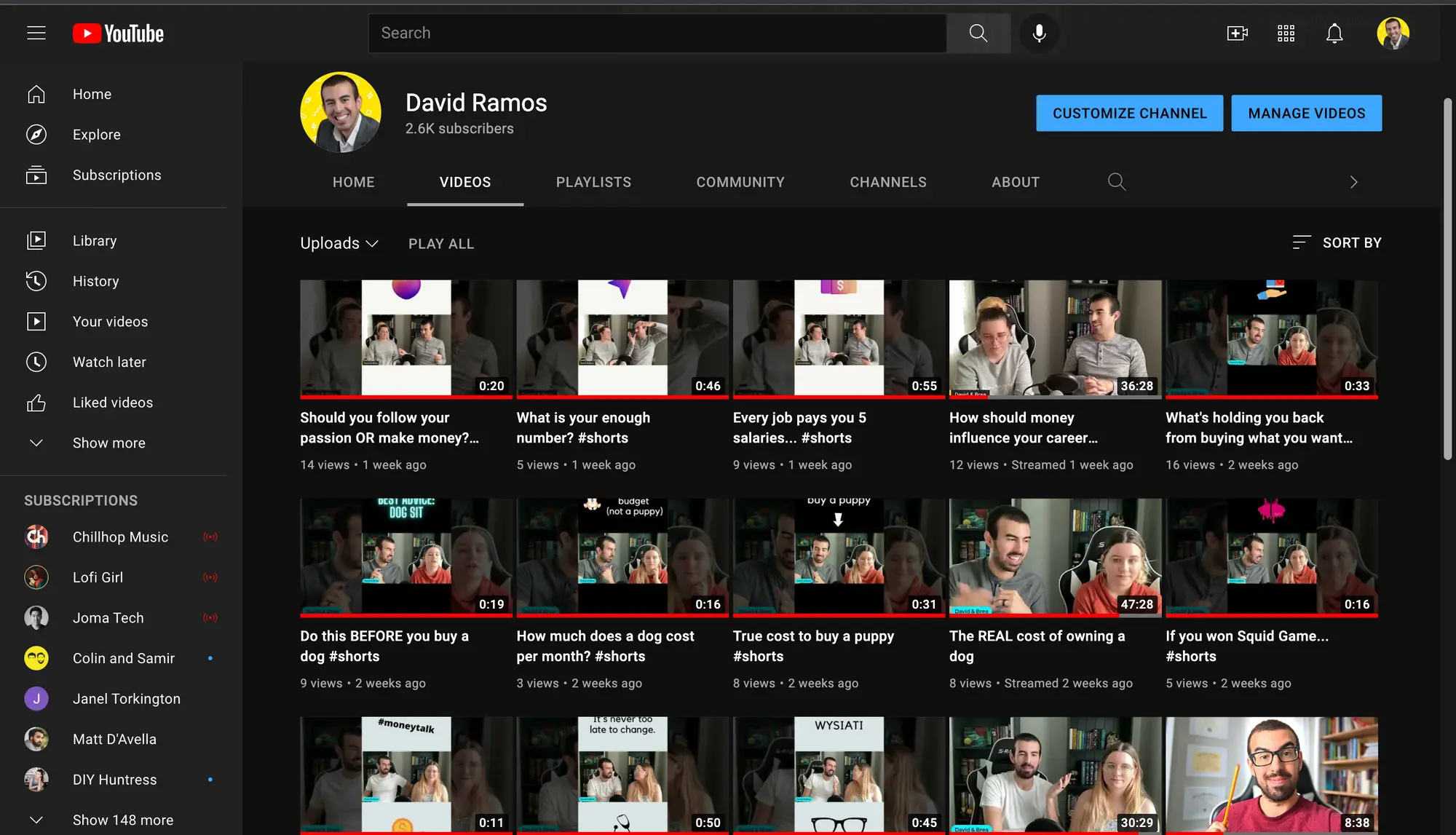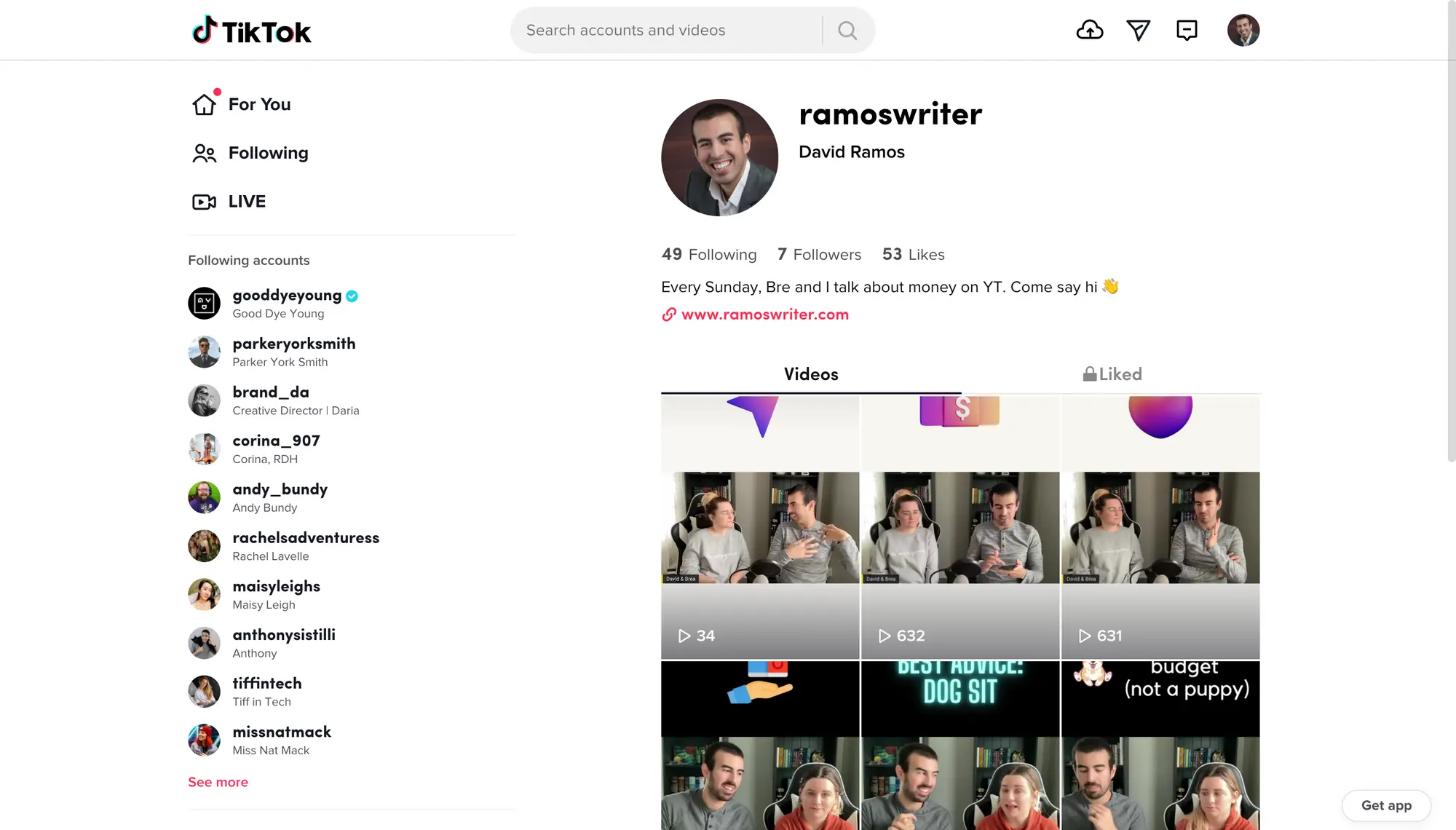I livestreamed for 30 days, here's my results
Going live is fun, but is it a medium worth pursuing?

Currently, I am in the build my audience phase of trying to establish new income streams online (or rebuilding might be more accurate).
To accomplish this, I'm throwing spaghetti at the wall by creating different types of content across multiple platforms to see (A) what do I enjoy enough to keep at it and (B) what do people respond to enough to justify the effort.
Why livestream
I chose this medium for a few reasons.
- I love YouTube. I think video establishes a relationship unlike any other medium. It feels more engaging than audio, more personal than text, and more useful than static images. YouTube is by far my favorite platform to spend time on, and so I wanted to create content that could live there.
- But, I hate editing. I'd rather transcribe a phone book than edit a 10-minute video. I know, I should just hire a damn editor. That option isn't off the table - but as far as this experiment was concerned, I wanted to do it as quickly and cheaply as possible, which meant choosing something I could do myself.
- And video is easily repurposed. The final reason I chose this format was that I knew it lent itself well to broad distribution. By using Streamyard, not only could I multistream to 5 different platforms at once (YouTube, Facebook, LinkedIn, Twitch, and Twitter), but I could export the audio as a podcast, and then chop up the video into smaller segments for TikTok. In just 2-3 hours per week, I was creating a dozen pieces of content across 6 different platforms.
Livestreaming is kind of the best of both worlds: I get to publish video content without needing to spend hours editing.
Plus, I roped my wife into the project which made it 100x more enjoyable. We already have great conversations all the time off-camera, why not move those online?
Why we chose personal finance as our topic
Bre and I fully intended for our streams to be a variety show, where we let the conversation wind as needed while leaving room for audience questions and interactions.
But during our first stream (which was, by far, the most well-attended), money clearly stood out as something (A) we enjoyed talking about and (B) the audience resonated with.
It was actually pretty cool to see it happen in real-time.
People started commenting, the number of viewers held and then grew, and once we closed out that first stream, we jotted down no less than 50 ideas for subsequent episodes.
It felt like we hit on something we could run with, and so we committed to staying on topic for the rest of the experimental month.
Our results
The goal was to livestream weekly for 1 month or complete 4 episodes. We only published 3, which is okay in my mind since we found the answers we were looking for.
First, how many views did we get? About 75 - 150 views per stream.
Now, this is a little tricky to add up since we were multistreaming across so many platforms. But if you review the individual metrics (because Streamyard doesn't aggregate them for you), they look something like this:
- Facebook: 30-100 views
- YouTube: 10-20
- Twitch: <10
- Twitter: <10
- LinkedIn: 20-30
The real juice came from repurposing our content after the stream finished.
As I mentioned above, we pulled the audio out and turned those into podcast episodes I distributed through Kajabi to the most popular networks (Apple, Google, and Spotify).

I knew this would likely be the least successful channel, but it was fun to learn how podcasts work on Kajabi (the feature has only been out for less than 2 months when I used it).
We also exported the video and (dare I say it) edited the large file into short 30-60 second clips we could distribute as TikTok videos and YouTube shorts. I used Premiere Pro to cut them up and Canva to export them into simple templates.

On YouTube, the shorts averaged 5-25 views per video, so far. The beautiful thing about this platform is that it's built for search and most of my content has performed better after 90 days. I plan to keep an eye on these to see if any of them spike in the near future.

Our videos performed much better on TikTok, with the lowest view count being 34 and the highest at 632.
So, here's what the exact same videos earned:
On YouTube: 122 views
On TikTok: 3,356 views
TikTok's reach for short videos was 27 and 1/2 times better than YouTube's. I wouldn't have believed these numbers if I wasn't the one adding them up.
There is no better place for new creators to gain traction and initial attention than TikTok. It's just an absolute gold mine of attention right now and the bar to entry is low — anyone can make a few-second video (and one that doesn't even need to be edited at that!).
The only downside I can see on TikTok is that there's essentially no longevity to the platform. My videos stopped gaining views after 48-72 hours tops. Whereas on YouTube, I have videos that are 2-3 years old still earning me a few dollars a day because of their ranking in search.
If you don't mind running on the TikTok treadmill, at least for a short while, there is certainly an audience to be gained.
Takeaways
- We enjoyed livesteaming because it required less prep and post-production than other mediums, but we found that it's more useful as a tool to build audience engagement rather than audience size.
The Twitch streamers who gamed their way to followings in the millions did so by riding relevant trends: playing the latest games, covering top news stories, or reacting to the hottest controversies.
Plus, the average successful streamer is on camera for 3-6 hours at a time, often daily. That's just not the kind of content I want to dedicate my time to.
- Having a partner completely changes the feel of the content.
Working alongside my wife to produce this content was a blast. I got a very small taste of why content houses and partnerships (like Dude Perfect) can succeed where others have failed.
Having more than one voice and brain multiplies what's possible in a big way.
- I want to create content that has staying power.
I can count on one hand the number of livestreams I've watched after they were published. The value feels like it declines to almost nothing after the stream is over, even if the content is just as good if not better than normal videos published on that topic.
I'd rather spend my time building a library of material that gets more useful as time goes on, rather than one that bottoms out almost as quickly as it reaches people.
Expect to see these themes drive future experiments.
